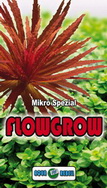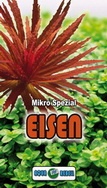Macro- and Micronutrients
All living things on Earth, and of course our waterplants, too, are composed of just over 18 chemical elements. These elements are taken up by organisms as nutrients in various chemical forms.
The so-called essetial nutritive elements are inevitably required by all plants, some others are considered ?useful elements? or are just essential for certain plants. Those plants that are so-called photo-autotrophics use light as their source of energy and can take up all nutritive elements in an inorganic form (minerals, CO2, O2, water) to use them to form energy-rich organic matter. Heterotrophic organisms, amongst them us the humans gain energy from their food and, besides minerals, they also need organic matter (proteins, carbohydrates, fatty acids et.al.) that are produced by plants.
"Nutritive elements" is a term that exclusively describes the essential chemical elements themselves. ?Nutrients? is a more general term and includes the diverse forms in which nutritive elements may appear.
Essential nutrients can be grouped according to various criteria. The most important difference has to be made between macro- and micronutrients.
Macronutrients by Aqua Rebell

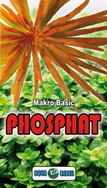
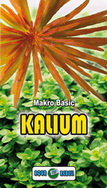
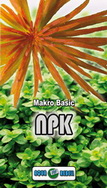
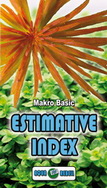
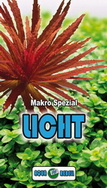
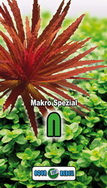

Plants need higher amounts of the macronutrients carbon (C), oxygen (O), hydrogen (H), nitrogen (N), phosphate (P), potassium (K), sulfur (S), calcium (Ca) and magnesium (Mg). The key nutritive elements are nitrogen, phosphorus and potassium. Their ratio is given as NPK ratio on fertilizers used for gardening.
Micronutrients, however, are used in far smaller amounts, like iron (Fe), chlorine (Cl), manganese (Mn), zinc (Zn), copper (Cu), boron (B), molybdene (Mo), cobalt (Co) and nickel (Ni). Among the ?useful? elements are, e.g., sodium (Na, as Na+ cation) and silicon (Si, as silicic acid H4SiO4).
Conventional ?complete? fertilizers for aquatic plants contain microelements, but only the macronutrients potassium, magnesium and suphur. Neither nitrogen nor phosphorus are added because the manufacturers take it for granted that sufficient amounts of these nutrients are added to the tank by food respectively the waste produced by the animals in the aquarium. However, in planted tanks, N and P are often deficient and have to be brought into the tank additionally. Other than in aquaristics, in gardening and agriculture only those fertilizers are called ?complete? that do contain all three key nutrients of nitrogen, phosphorus and potassium.
However, the classification into micro- and macronutrients does not mean that one group is more important than the other, on the contrary, both micro- and macronutrients are essential for plants to grow healthily. All essential nutrients have to be available, and no nutritive element can be replaced by another.
Micronutrients by Aqua Rebell

